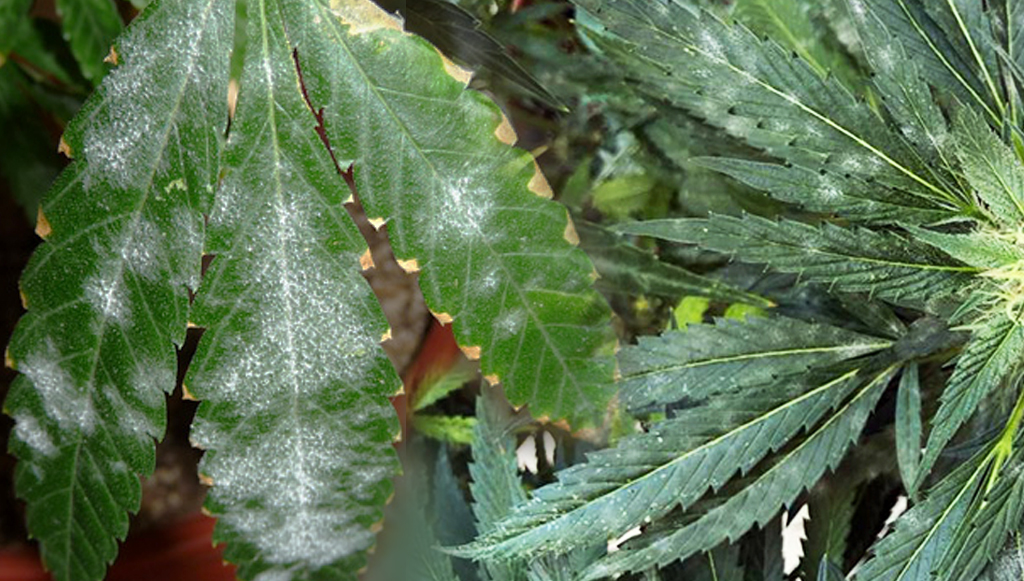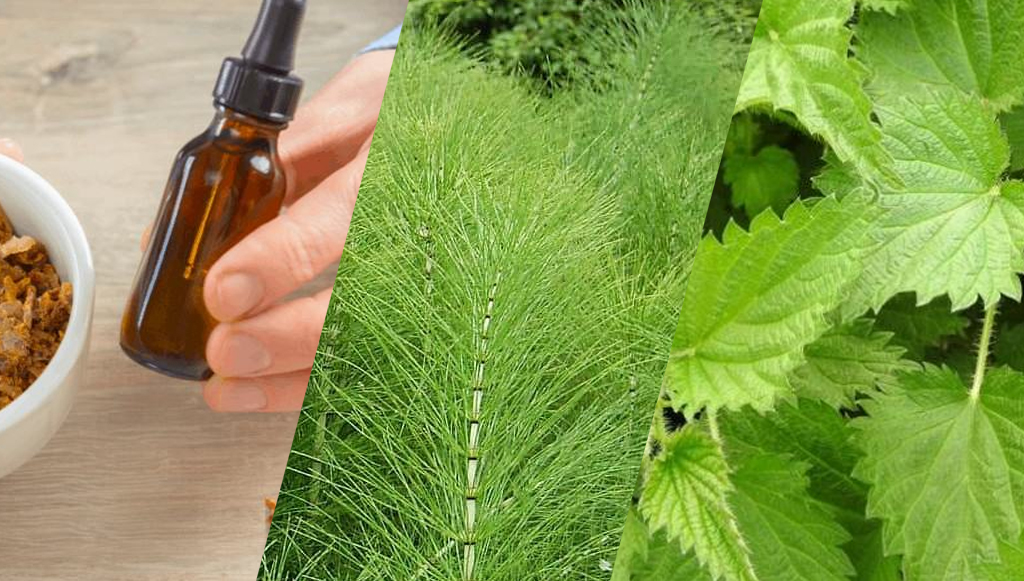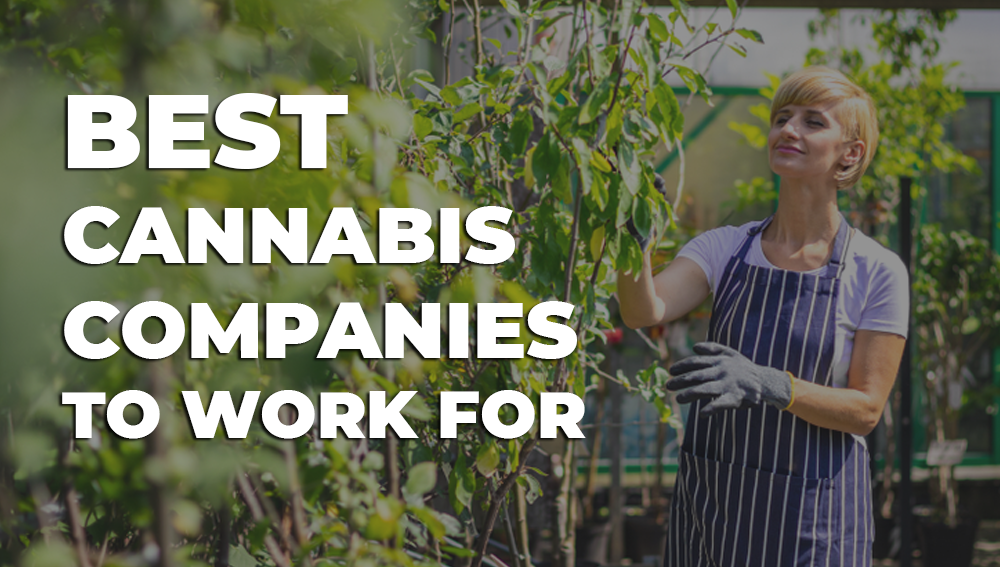
Most growers have suffered at some time from the attack of a fungal plague, fungi are usually one of the common pests in cannabis cropsespecially in areas with high humidity.
This time we are going to delve into one of the most common fungi, powdery mildew. This mushroom appears on the leaves and inside the buds as a thin white coating that inexperienced growers may mistake for resin. But before delving into powdery mildew, let’s get into the subject a bit by analyzing what fungi are and what types usually appear in marijuana crops.
What are mushrooms?
Fungi belong to a group of eukaryotic organisms known as the Fungi. Are fungal pests breed in warm, humid areasespecially if it is very dark. When such weather conditions occur, the spores of these fungi reproduce very quickly and can kill entire crops with great ease.
As you may have already thought, these conditions of heat and humidity are very common in all types of marijuana cultivation, whether indoors or outdoors. Therefore, it is very easy that on some occasion we can be visited by this uncomfortable cannabis plague. Among the most common fungi are Powdery mildew, Botrytis or Mildew, but this time we are going to focus on Powdery mildew.
How to identify powdery mildew?
Powdery mildew is a very common fungus in the cultivation of marijuana and manifests as a white powder that covers the leaves and buds. This feature makes it very easy to detect and can be treated in time. When the pest is very advanced, it completely covers the leaves, stems and buds with white, causing yellowing, defoliation and finally the death of the plant.
Like all these fungi, it reproduces rapidly in excessively humid and warm environments and once on plants, its flowers suck the essential nutrients from the plant which inevitably affects their development.
Powdery mildew is by no means one of the most harmful fungi, but it is dangerous as it can confuse the inexperienced cultivator. Su appearance can make you mistake it for resin And when they realize it, the fungus has already infected the entire crop, damaging it and making the buds unfit for human consumption.

ATTENTION: Do not consume infected buds
Powdery mildew infected buds should not be consumed under any circumstances. Many growers believe that it is something unimportant and decide not to lose the harvest, drying it anyway and smoking it as if nothing had happened. The problem is that the consumption of buds with mushrooms it can be harmful to our health.
How to combat powdery mildew?
The best way to combat powdery mildew is through prevention. As the saying goes, prevention is better than cure. If a controlled relative humidity and temperatures that are not excessively high, the appearance of fungi is very complicated. Without these conditions they are not able to reproduce and therefore will not attack your harvest.
In case the cultivation is outside and we cannot control the climatic parameters, the most important thing is to be vigilant to be able to quickly detect any source of infection. If you see any leaf affected by powdery mildew, the most important thing is to remove it quickly, trying not to get in contact with the rest of the plant. You have to be very careful since the spores are transported very easily and we can be ourselves with our clothes that we transfer the fungus.
Cleaning
This leads us to point out cleanliness as one of the main fungal prevention factors. In a culture that is always clean and sterilized, it is very difficult for fungal pests to arise. While in a dirty crop and with plant debris, such as leaves, in the soil and earth, it is much more prone to being attacked by fungi of various kinds.
Natural methods
If the crop has been infected and there is no going back, the best option not to use chemicals is apply propolis and horsetail. Some people also use nettles. In case of applying these natural products and not being able to end the plague, the only thing left is to apply chemical products, something undesirable, but in extreme cases it is better than losing the harvest.

Ventilation
It should also be noted that ventilation is a primary factor. A well-aerated growing space with renewal of the environment retains less relative humidity and reduces the concentration of heat, thus directly affecting two of the main benefactors of the fungus in question. In summary, a ventilated space makes life impossible for powdery mildew.
Variety selection
Another form of prevention is choosing plants resistant to fungal pests, in addition to taking into account the flowering period in marijuana and adapting to the climatic conditions of the environment in which we grow. For example, if you live in a humid and very rainy area, it is best to grow a short-flowering variety as soon as possible. In this way we will achieve that the plant flourishes at a time when there is more sun, before the humidity and darkness arrive, and therefore reducing the possibilities of attack by the fungus. For instance
Chemical products
Chemical fungicides tend to work very well and are easy to apply. The only problem is that fungi tend to attack especially during the flowering phase, a time when the plant retains more moisture and the ideal conditions for the development of the pest are created between its buds. When we are in the flowering phase, we are forced to apply chemical products on the buds, these sticking to the resin and making the remedy almost worse than the disease itself, in this case the fungal plague. Therefore, If the pest appears when the plants are budding, the best solution is to cut them as soon as possible and remove the affected parts.
This has been a brief review of fungi, focusing on Powdery Mildew and the best ways to prevent its appearance and development. We hope it has helped you and if you have any questions, leave them in the comments and our team of experts will solve them in the best possible way. All the best!








